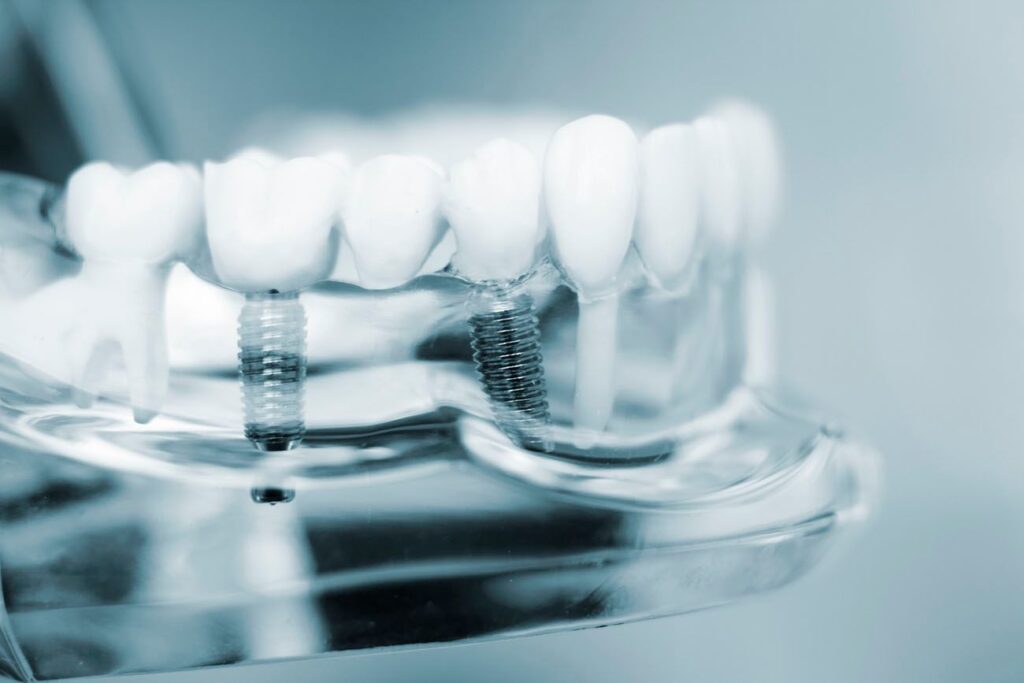If you lose one or more teeth, you might notice a number of complications with your oral function, dental health, and smile aesthetics. To prevent further deterioration on any of these fronts, you should discuss tooth replacement treatment with your dentist. You can find optimal, highly effective dental restoration after tooth loss through implant dentistry.
A dental implant can replace one, several, or an entire arch of missing teeth and offer comprehensive protection against further dental problems associated with tooth loss. Removable tooth replacements cannot offer these same benefits.
However, some people may worry about the lengthy steps involved during this treatment. You can feel more confident about receiving dental implants when you know what to expect. Read on to learn details about each step of the implant dentistry process.


Initial Dental Consultation
Before you can receive dental implants, your dentist will want to evaluate your existing dental structure during a consultation appointment. They will check the health of your gums, jawbone, and surrounding teeth. They use x-ray imaging to obtain details about the interior of your smile, like your jaw.
This way, the dentist can determine if implant dentistry is right for you. If you lose too much jawbone or gum tissue, then you might have enough structure to sustain an implant. You may require a graft procedure to build more stability before proceeding with this tooth replacement treatment.
Anchor Implantation Procedure
Once you and your dentist agree that dental implants will suit your smile, you will undergo oral surgery to receive the anchors of the implants. They consist of titanium posts that the dentist places below the gumline and into the jaw. The anchors fuse with the jawbone as you heal from the surgery.
This establishes the secure foundation for the implant that ensures lifelong support. The recovery and fusion process will take several months to complete. During this time, you should follow aftercare guidelines from your dentist to ensure optimal recovery.
If you feel severe pain that does not respond to management tips from your dentist, or if the implant feels loose in your mouth, tell your dentist. They could be signs that the implant is failing, a rare occurrence that will require prompt intervention from your dentist to fix.
Dental Prosthetics Placement
After the anchors of the implant fuse into place in the jaw and you heal from the surgery, you will return to your dentist’s office to receive permanent prosthetic teeth. The dentist will give you a crown, bridge, or denture, depending on your unique needs, that screws into place using a connective abutment piece at the gumline.
Once in place, you cannot remove your dental prosthetics without help from your dentist. The secure fit and durable prosthetics provide long-lasting dental restoration.
The dentist builds these prosthetic teeth on a custom basis for each patient. This way, you can count on results that look both beautiful and natural in your smile. Give your dentist a call to start your implant dentistry journey today.
